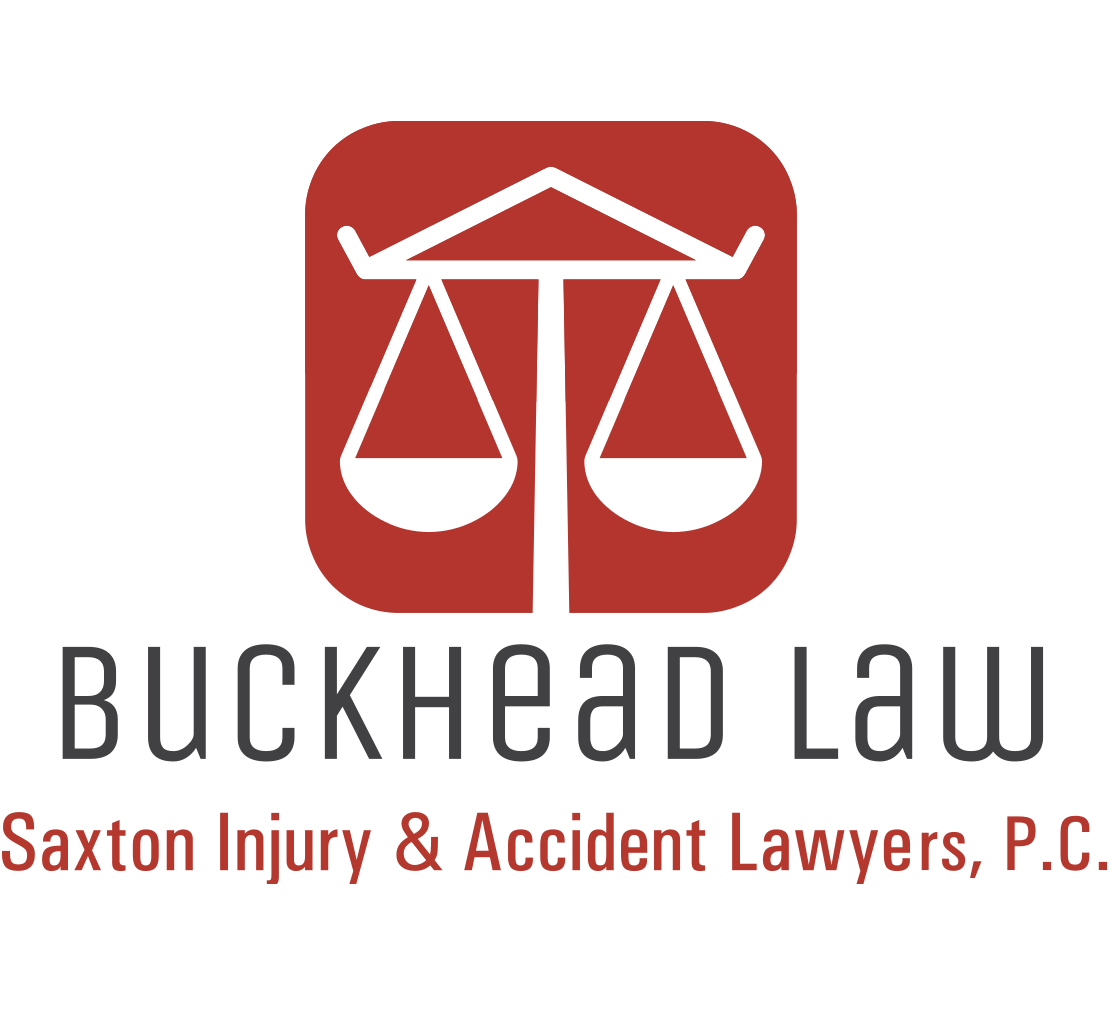Motor vehicle and pedestrian accidents frequently occur when drivers violate traffic laws and make other errors while driving.
The value of an accident claim depends on various factors, including the circumstances surrounding the accident, the severity of your injuries, the cost of your medical treatment, and similar factors. A knowledgeable personal injury attorney will do everything possible to maximize the value of your case by aggressively negotiating with insurance company representatives or litigating your case to a resolution in court.
Types of Accidents That Can Lead to a Personal Injury Claim
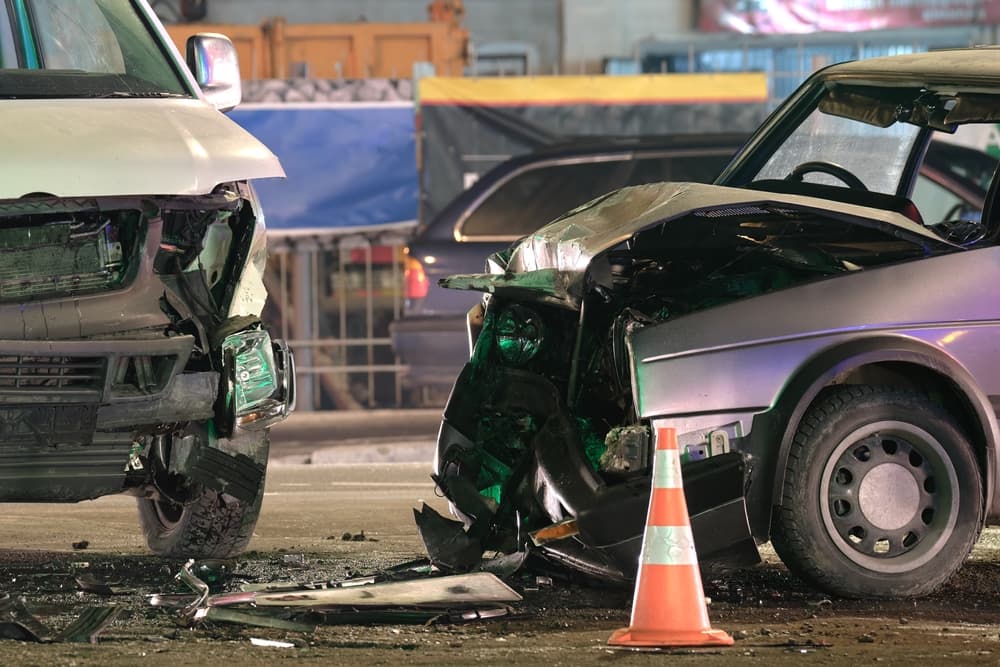
Accidents can lead to personal injury claims when someone else’s negligence is the cause. Here are some common types of accidents that often lead to these claims:
- Car Crashes — Car crashes are among the most common reasons for personal injury claims. They often result from drivers not paying attention, speeding, ignoring traffic signals, or driving recklessly. If a driver runs a red light or does not stop at a stop sign and hits another car, the injured person can file a claim against the negligent driver.
- Truck Accidents — Truck accidents can be very serious due to the large size and weight of trucks. These accidents can happen if truck drivers are tired, distracted, or do not follow safety rules. Truck companies sometimes push drivers to work too long without breaks, leading to fatigue and accidents. If a truck driver or company is negligent, they are responsible for the injuries caused.
- Motorcycle Accidents — Motorcyclists are more vulnerable on the road because they have less protection than car drivers. Accidents can occur if other drivers do not see motorcyclists or do not give them enough space. If a car driver changes lanes without checking their blind spot and hits a motorcyclist, they can be liable for the injuries.
- Bicycle Accidents—Bicyclists also face danger from negligent drivers. Drivers who speed, fail to yield, or open car doors without looking can cause serious accidents. If a driver’s negligence leads to a bicyclist getting hurt, the bicyclist can file a personal injury claim to cover medical bills and other damages.
- Pedestrian Accidents — Pedestrians are at great risk when drivers do not follow the rules. Accidents can happen if drivers speed through crosswalks, don’t yield to pedestrians, or drive while distracted. If a car hits a pedestrian, they can claim compensation for their injuries from the negligent driver.
- Drunk Driving Accidents — Driving under the influence of alcohol or drugs is extremely dangerous and often leads to severe accidents. Drunk drivers have slower reaction times and poor judgment, making them more likely to cause crashes. Victims of drunk driving accidents can file personal injury claims against the impaired drivers.
In all these cases, the key factor is negligence. If someone fails to act responsibly and causes harm to others, they can be legally accountable. Personal injury claims help victims recover compensation for their injuries, medical expenses, lost income, and pain and suffering.
Motor Vehicle and Pedestrian Accident Injuries
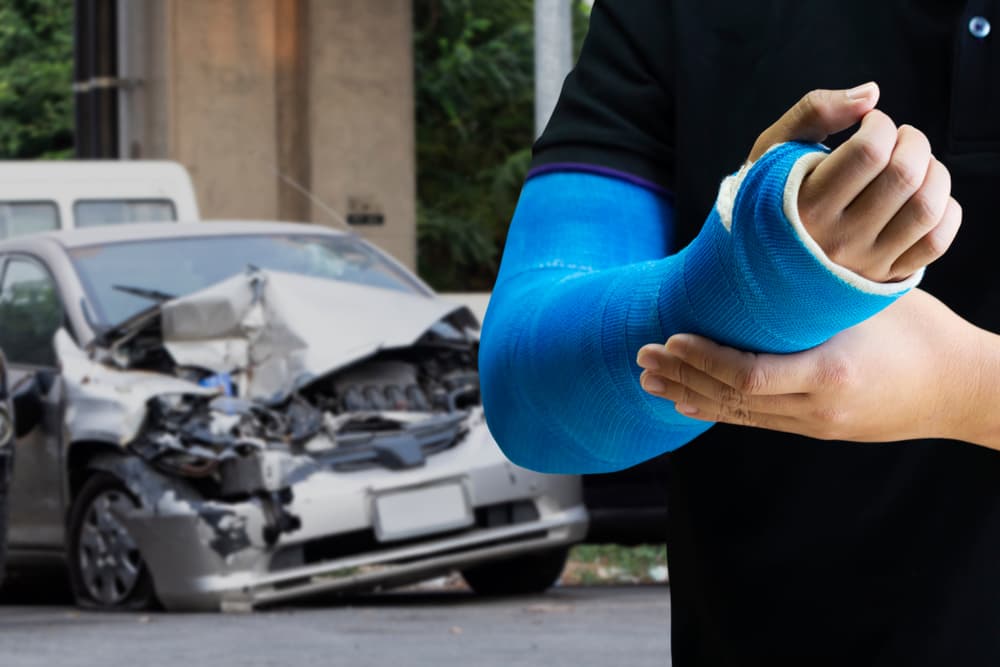
Motor vehicle and pedestrian accidents due to driver negligence can result in various injuries. Some of the most common injuries in these situations include:
- Whiplash — Whiplash is a common injury in car accidents, especially in rear-end collisions. It happens when the head suddenly jerks forward and backward, causing strain on the neck muscles and ligaments. Symptoms include neck pain, stiffness, and headaches.
- Broken Bones — Broken bones, or fractures, are frequent in both car and pedestrian accidents. The force of the impact can easily break arms, legs, ribs, and other bones. These injuries often require immobilization with casts, and severe fractures may need surgery to heal properly.
- Head Injuries — Head injuries range from concussions to severe traumatic brain injuries (TBI). Even a bump can cause a concussion, leading to symptoms like dizziness, headaches, and confusion. More severe impacts can cause long-term cognitive issues, memory loss, and even permanent brain damage.
- Spinal Cord Injuries — Spinal cord injuries can be devastating, leading to partial or complete paralysis. These injuries occur when a sudden blow or jolt damages the spine, which can happen in high-speed collisions or if a vehicle strikes a pedestrian. Victims may lose movement and sensation below the injury site.
- Internal Injuries — Internal injuries, such as damage to organs, internal bleeding, or punctured lungs, can be life-threatening. These injuries result from the force of the crash or being hit directly by the vehicle. They may not be immediately apparent but require urgent medical attention.
- Cuts and Lacerations—Cuts and lacerations are common, resulting from broken glass, metal, or other debris in an accident. While some cuts are minor, others can be deep and require stitches or surgery. Severe lacerations can also lead to significant blood loss and infection.
- Soft Tissue Injuries — Soft tissue injuries include damage to muscles, ligaments, and tendons. Common examples are sprains, strains, and bruises. These injuries can cause pain and limit movement, often requiring physical therapy to heal.
- Psychological Injuries — Accidents can also lead to psychological injuries such as depression, anxiety, and post-traumatic stress disorder (PTSD). The trauma of the accident, along with physical injuries, can have lasting effects on a victim’s mental health.
Important Evidence in a Personal Injury Case
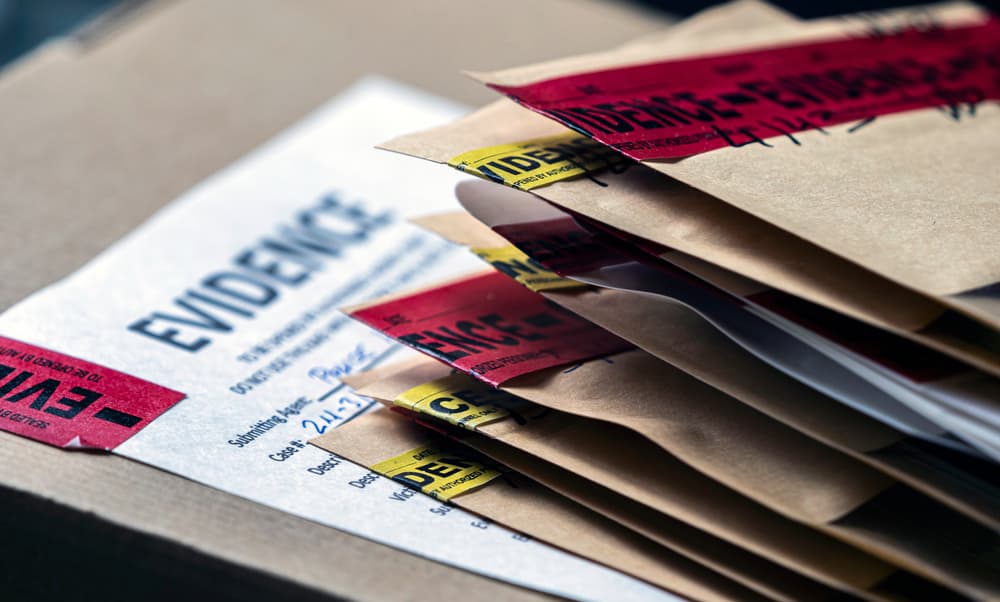
In motor vehicle and pedestrian accident cases where the injured party claims negligence, several types of evidence play crucial roles in proving fault and liability. These include:
- Witness Statements — Witness statements are vital pieces of evidence in accident cases. Eyewitnesses can provide unbiased accounts of how the accident occurred. Their testimony can corroborate the injured party’s version of events and provide details about the negligent driver’s actions, such as speeding, running a red light, or failing to yield.
- Police Reports — Police reports are official documents that law enforcement officers who respond to the accident scene file. These reports detail important information such as the accident’s date, time, and location, statements from involved parties and witnesses, preliminary findings of fault, and any citations issued to the negligent driver. They provide an objective record of the incident that insurance companies often rely on.
- Photographs and Videos — Photographs and videos taken at the accident scene can provide visual evidence of vehicle damage, road conditions, traffic signs, and more. This evidence helps reconstruct the accident and can demonstrate the severity of the impact. It can also illustrate factors like skid marks or weather conditions that may have contributed to the accident.
- Medical Records and Documentation—Medical records are crucial in proving the extent and nature of the victim’s injuries. They include doctor reports, hospital records, diagnostic tests, treatment plans, and rehabilitation notes. These documents establish the link between the accident and the injuries, detailing the immediate medical care required and any long-term consequences for the victim’s health and well-being.
- Expert Opinions — Expert testimony can be essential in complex accident cases. Accident reconstruction experts can analyze the evidence, including vehicle damage and skid marks, to recreate the events leading to the accident. Medical experts can provide opinions on the nature and extent of injuries, linking them directly to the accident and its effect on the victim’s life.
- Driving Records and Vehicle Maintenance Logs—The negligent driver’s driving records, including any history of traffic violations or prior accidents, can indicate a pattern of unsafe driving behavior. Vehicle maintenance logs can also provide insights into whether the vehicle was properly maintained and in good working condition at the time of the accident.
Collecting and presenting these types of evidence is crucial in establishing negligence in motor vehicle and pedestrian accident cases. It strengthens the injured party’s claim for compensation by providing a clear picture of what happened and why the negligent party is responsible for the harm the accident caused.
Steps in Personal Injury Litigation

Motor vehicle and pedestrian accident litigation involves several critical steps that a personal injury lawyer can navigate on behalf of their client. These steps include the following:
- Initial Consultation—The process typically begins with an initial consultation, during which the personal injury lawyer gathers details about the accident and injuries and assesses the potential for a case. This meeting allows the lawyer to determine if there is sufficient evidence of negligence and potential damages to pursue legal action.
- Investigation—After taking on the case, the lawyer initiates a thorough investigation. This includes gathering evidence such as witness statements, police reports, photographs, and any available video footage from the accident scene. The lawyer may also consult accident reconstruction experts to analyze the sequence of events leading to the accident.
- Legal Strategy Development—Based on the evidence gathered and understanding of the case, the lawyer develops a legal strategy tailored to achieve the best possible outcome for their client. This strategy includes identifying liable parties, assessing the extent of damages, and preparing arguments to prove negligence.
- Filing Claims and Negotiation — The lawyer handles the preparation and filing of legal documents, including insurance claims and, if necessary, a lawsuit in court. They negotiate with insurance companies on behalf of their client to seek fair compensation for medical expenses, lost income, pain and suffering, and other damages.
- Discovery Phase — During litigation, both parties exchange information through a process called discovery. The lawyer conducts depositions (sworn statements) from witnesses and experts, requests documents, and prepares responses to requests from the opposing party. This phase aims to uncover additional evidence and strengthen the client’s case.
- Settlement Negotiation — Many cases are resolved through settlement negotiations before trial. The lawyer advocates for their client during negotiations, aiming to secure a settlement that adequately compensates for the client’s injuries and losses. They assess settlement offers and advise clients to accept or proceed to trial.
- Trial Preparation and Representation — If the parties cannot reach a fair settlement, the lawyer prepares for trial. This involves developing trial strategies, preparing witnesses, and presenting arguments and evidence in court. The lawyer represents their client during trial proceedings, cross-examines witnesses, and argues for a favorable verdict.
- Post-trial Appeals — After a trial, the lawyer assists with any post-trial motions and, if necessary, appeals. They continue to advocate for their client’s interests to ensure parties pay the awarded compensation.
Throughout these steps, a personal injury lawyer provides invaluable support by navigating the complexities of the legal process, advocating for the victim’s rights, and striving to achieve the best possible outcome. Their knowledge of personal injury law ensures that victims can focus on their recovery while knowing someone is protecting their legal interests.
What Is the Value of a Motor Vehicle or Pedestrian Accident Case?
Determining the value of an accident claim involves assessing various factors to fairly compensate the injured victim for their losses. Here are some types of recoverable damages and how the process works:
Types of Damages
- Medical Expenses — This includes all costs related to medical treatment for injuries sustained in the accident. It covers hospital bills, surgeries, medications, rehabilitation, and ongoing medical care.
- Lost Wages — If the injury prevents the victim from working, they can claim compensation for lost income. This includes income lost during recovery and any future earning capacity that the injury diminished.
- Pain and Suffering—These damages compensate for the physical pain, emotional distress, and mental anguish caused by the accident and resulting injuries. They are harder to quantify than economic damages but consider the severity of the injuries and their effects on the victim’s daily life.
- Permanent Disability and Disfigurement — If the accident results in a permanent disability (like paralysis) or disfigurement that affects the victim’s ability to work or enjoy life as they did before the accident, the victim may receive compensation.
- Loss of Consortium — Spouses or family members of the injured person may claim damages for the loss of companionship, support, and services due to accident-related injuries.
Factors Affecting Case Value:
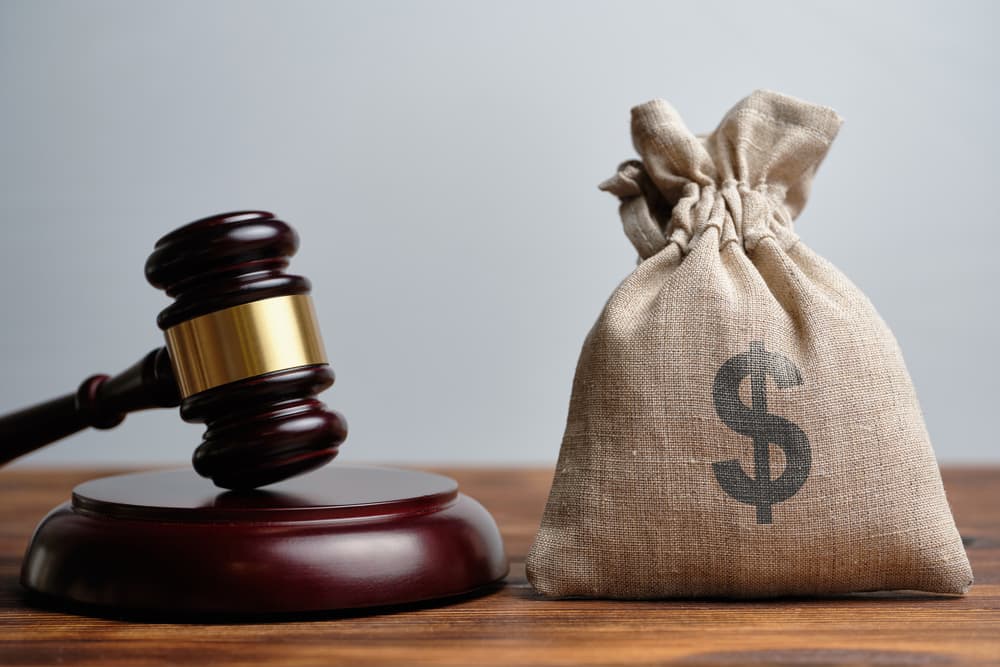
- Severity of Injuries — The extent and severity of the injuries significantly affect the case’s value. More severe injuries that require extensive medical treatment and have long-lasting effects typically result in higher compensation.
- Evidence — The strength of evidence, such as witness statements, police reports, medical records, and expert testimony, supports the victim’s claim and influences the case’s value.
- Insurance Coverage—The at-fault party’s insurance policy limits and any applicable underinsured or uninsured motorist coverage affect the maximum amount of compensation available.
- Future Damages — Anticipated future medical expenses, ongoing treatment needs, and long-term effects of the injuries also help determine the total compensation.
Legal Guidance
It is essential to consult a personal injury lawyer to accurately determine the value of a case. They will assess all of the relevant factors, calculate economic losses and non-economic damages, negotiate with insurance companies, or litigate in court to ensure that the injured victim receives fair compensation for their losses. Lawyers use their legal knowledge to advocate for the victim’s rights and maximize the recovery based on the specific accident circumstances and resulting injuries.
Speak with an Experienced Personal Injury Lawyer Today
If you sustained injuries in an accident resulting from someone else’s negligence, a qualified personal injury attorney can estimate the value of your case. Your lawyer can also answer your questions and take the necessary legal steps to maximize your total monetary award.
